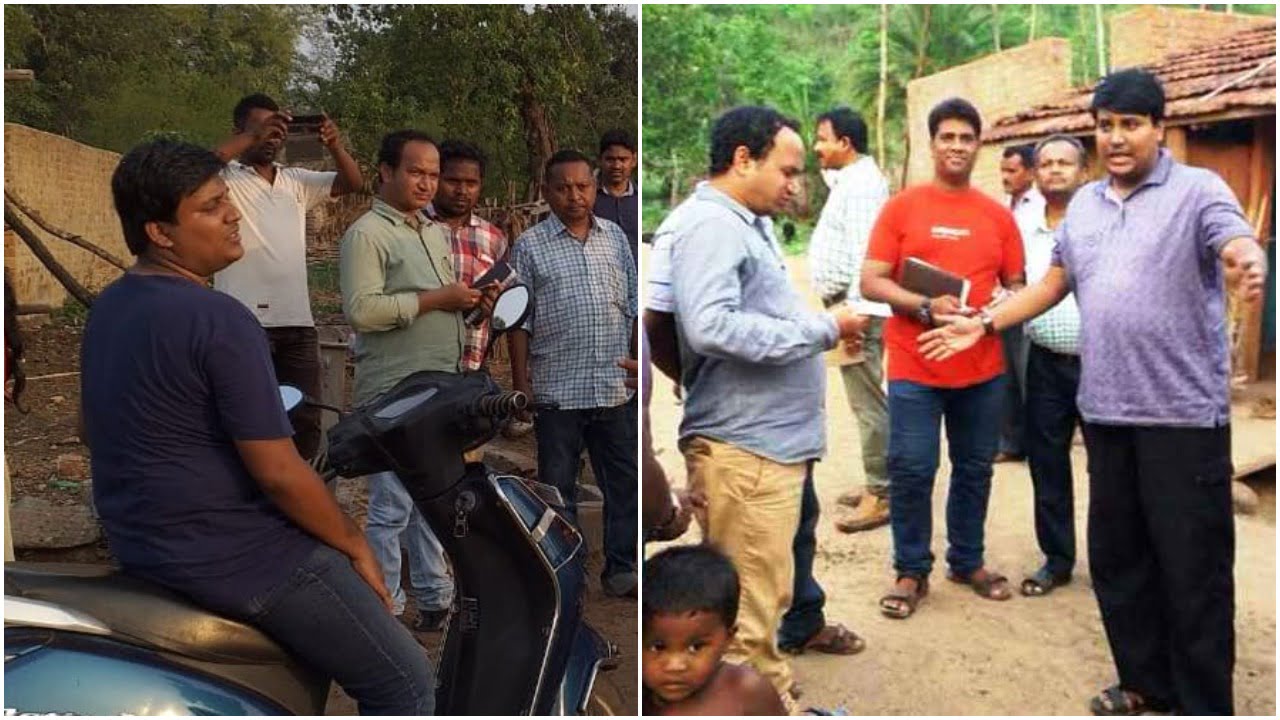Braveheart: Odisha IAS Officer Spends Time In Maoist Territory, Wins Hearts

Bhubaneswar: A 27-year-old IAS officer from Odisha won over people’s trust by going around in a two-wheeler and spending three days in Maoist areas where no government official had ever set foot before.
Ravenshavian and JNUite, Amrit Ruturaj is the District Rural Development Agency (DRDA) Project director in Rayagada. “Government officials generally get a sense of fear when they have to visit Chandrapur block,” said Lekeda Alugudi, a marginal farmer in Bijupur village, in a report by News18. “But this IAS officer spent three days amid the people and saw the problems we face. We hope the PD (project director) Sir will soon take decisions that will bring development to our areas,” he said.
Whenever the sun sets over villages in Chandrapur block, the tiny habitations are enveloped in darkness and fear. Fear of Maoist violence looms over the residents despite a decline in the rebels’ disruptive activities in recent months. There is a government order asking top bureaucrats to visit, review and stay overnight in the fields, but it is rarely adhered to. Amrit, however, broke the trend by undertaking a bike journey to these villages with a team of officials, spending three days and two nights there. He makes frequent such visits to most interior villages in Chandrapur and Kashipur too. During these trips, he does not put up at any BDO office or PWD bungalow. He prefers a residential school hostel (Ashram School). It was an eye-opening experience for him and for the hapless residents, an event laden with immense hope.
“Since Chandrapur is still counted among the inaccessible areas, our outreach there has remained low,” says Amrit, a 2014-batch IAS officer. “The residents also have a trust deficit on the administration. My team and I visited nearly 60 villages in four panchayats, and spent three days and two nights there.”
Having been born and brought up in a village in Umerkote in Nabarangapur district, himself, Amrit had no problem spending time in the villages in Chandrapur. An alumnus of Ravenshaw College in Cuttack and Jawaharlal Nehru University (JNU) in New Delhi, he witnessed the problems faced by rural people first-hand.
“The problems that people in these areas face are very basic in nature, such as unconnected habitations and unavailability of drinking water. Besides, there are people left out from pension benefits and livelihood programmes,” he said. “My visit to these villages was aimed at knowing the people’s problems first-hand so as to speed up the resolutions. It was also aimed at sending out a message that it is not difficult (for government officials) to work and live in these areas as the situation has improved to a large extent in the recent years.”
During his tour of the villages and his interaction with hundreds of villagers, Amrit said he also took some instant decisions about resolving problems like building roads and digging hand pumps for drinking water. He also gave priority to communication and employment under MGNREGA, containing migration.
“Since these areas have so far remained mostly unattended, government officials believe they have to return to the headquarters town at the end of the day. But I spent two nights there to break this psychological barrier,” Amrit said.
“PD (project director) Sir spent three days in our backward Chandrapur block, where we have poor road communication and bad mobile phone network. Absence of electricity is a major obstacle in the education of young people here,” said Anjana Malabishoyi of Hanumantpur village, a student of Class X.

Comments are closed.